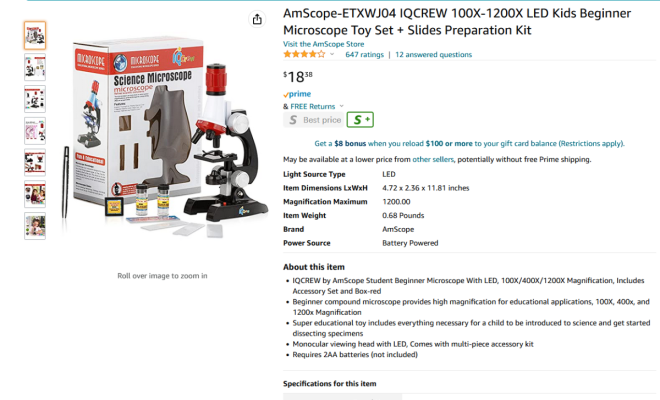- Joined
- Jan 22, 2020
- Messages
- 84
- Reaction score
- 41
This is wrong. They do not have armor. The issue is getting dinos that don’t go into the water column into the sterilizer. It has nothing to do with armor. That is why we allow for a longer contact time.
That would be very very hard to accomplish for the dinos that are on rocks. If you are talking about sand and not on rock, then you are doing much more harm than good.
Remembered wrong on which one from being tired. By cleaning the sand bed and having go through a 10 micro before water goes back in the tank is to bring the population done to a smaller number while dosing SI to get a diatom bloom going or if you have Ostreopsis & Coolia dinos. This way you can take out a large amount of Ostreopsis & Coolia out of the tank with out them dying and releasing toxicens while using the right UV.
Pointless thread when know it alls (not really know it all or stop to even think because they take it to a weird point in their heads on answers) when they don't help.



















